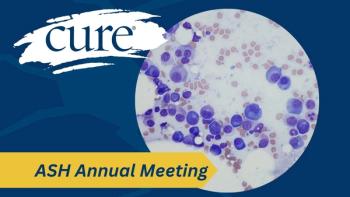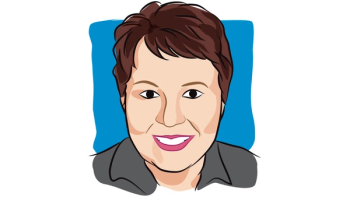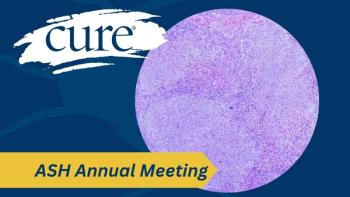
Patients Who Are Uninsured or on Medicaid Face Poorer Prognoses and Treatment Disparities
Two recent studies showed that insurance disparities could end up being treatment and survival disparities for patients with cancer.
For patients diagnosed with cancer, being uninsured is no different than having Medicaid, according to two recent studies.
Americans without insurance or who have Medicaid are often diagnosed later with more developed forms of cancer and do not receive proper treatment for their disease, factors that greatly influence their chances and length of survival.
According to Health Insurance Coverage in the United States: 2013, about 13.4 percent of the US population lives without health insurance. Most commonly it is younger, non-white and unmarried men.
In the two studies, researchers examined patients diagnosed between 2007 and 2012 who were part of the Surveillance, Epidemiology, and End Results (SEER) database, one focusing on people with glioblastoma multiforme (GBM) and the other on those with germ cell or trophoblastic gonadal neoplasms. They looked at patient demographics such as race/ethnicity, income, education level and geographic region, in addition to insurance and marital status, year of diagnosis, tumor size at the time of diagnosis and treatment modality.
GBM is the most common malignant primary brain tumor diagnosed in adults, but also one of the most difficult cancers to treat due to its aggressive clinical manifestation and rapidly progressing proliferation. It has a median survival rate of 14.6 months and a five-year survival rate of less than five percent.
Among the 13,665 patients with GBM, 4.1 percent were uninsured, 11.1 percent had Medicaid and 84.8 percent had non-Medicaid insurance.
About 76 percent of patients received surgical resection and 78.5 percent of those patients received radiotherapy (RT) as adjuvant treatment before or after surgery. Compared with non-Medicaid insurance, Medicaid insurance was correlated with a lower likelihood of receiving surgical treatment. Similarly, both Medicaid-insured and uninsured people were less disposed to receiving adjuvant RT.
In the other study, among the 10,211 men diagnosed with germ cell or trophoblastic gonadal neoplasms, highly curable cancers even in metastatic form, 32 percent of uninsured men, 44 percent of men with Medicaid and 24 percent of men with non-Medicaid insurance were diagnosed with the cancer in a metastatic state (stage 2 or 3 disease) at presentation. Men without insurance or with Medicaid were at an increased risk of being diagnosed with metastatic disease (26 percent and 60 percent increase, respectively), more likely to have intermediate or poor-risk disease, and more likely to present larger tumors than those with non-Medicaid insurance.
As for treatment, more than 95 percent of men overall received radical orchiectomy. However, uninsured men diagnosed with stage 1 seminoma were less likely to receive additional radiation after radical orchiectomy. Both uninsured men and men with Medicaid were less likely to undergo lymph node dissections, an important aspect of germ cell tumor care and a metric of quality.
Overall, patients with Medicaid or without insurance had a shorter survival rate than their non-Medicaid insured peers. Uninsured men had a 58 percent increase risk of all-cause mortality and men with Medicaid had a 69 percent increase.
Increased survival in non-Medicaid insured patients is attributed to many factors: non-Medicaid insurance is an indirect indicator of the socioeconomic status of patients who most likely have access to high-quality home and hospital care; uninsured patients often present with a later stage of the disease due to poor access to screening tests, leading to delayed diagnosis; and the financial burden for uninsured patients or those with Medicaid insurance might restrict timely access to newly developed therapeutic approaches.
This study demonstrates that increased access to health care may not be the solution people need to improve the health of the American population. Instead, the government needs to improve upon government-funded healthcare to ensure people are getting proper medical attention.
“Moving forward, we need to place a greater focus on strategies and interventions addressing disparities,” wrote Michael Halpern, Department of Health Services Administration and Policy, Temple University College of Public Health and Otis Brawley, chief medical officer for the American Cancer Society, in an accompanying editorial of the two studies. “Researchers and clinicians need to work closely with policymakers and those delivering care in settings that focus on underserved populations to develop, implement and evaluate approaches for improving access to quality cancer care.”





